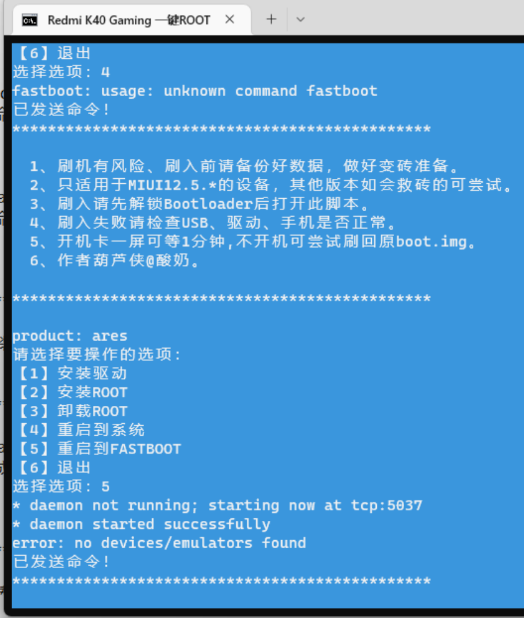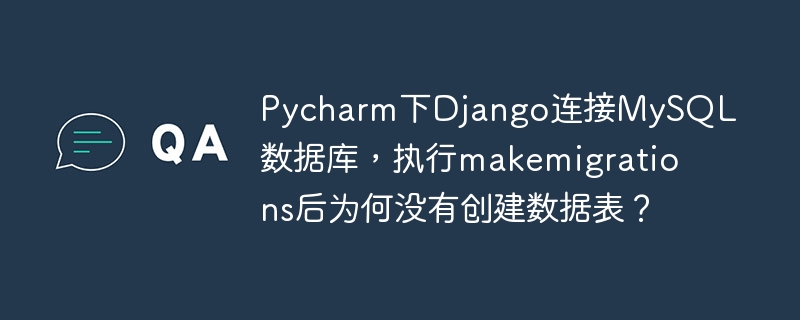mysql中添加用戶,新建數據庫,用戶授權,刪除用戶,修改密碼(注意每行后邊都跟個;表示一個命令語句結束):
1.新建用戶
登錄mysql: @>mysql?-u?root?-p @>密碼
創建用戶:
mysql>?insert?into?mysql.user(Host,User,Password)?values("localhost","test",password("1234"));
注意:此處的”localhost”,是指該用戶只能在本地登錄,不能在另外一臺機器上遠程登錄。如果想遠程登錄的話,將”localhost”改為”%”,表示在任何一臺電腦上都可以登錄。也可以指定某臺機器可以遠程登錄。
然后登錄一下:
mysql>exit; @>mysql?-u?test?-p @>輸入密碼 mysql>登錄成功
2.為用戶授權
授權格式:grant 權限 on 數據庫.* to 用戶名@登錄主機 identified by “密碼”;
登錄MYSQL(有ROOT權限),這里以ROOT身份登錄:
@>mysql?-u?root?-p @>密碼
首先為用戶創建一個數據庫(testDB):
mysql>create?database?testDB;
授權test用戶擁有testDB數據庫的所有權限(某個數據庫的所有權限):
mysql>grant?all?privileges?on?testDB.*?to?test@localhost?identified?by?'1234'; mysql>flush?privileges;//刷新系統權限表
格式:grant 權限 on 數據庫.* to 用戶名@登錄主機 identified by “密碼”;
如果想指定部分權限給一用戶,可以這樣來寫:
mysql>grant?select,update?on?testDB.*?to?test@localhost?identified?by?'1234'; mysql>flush?privileges;?//刷新系統權限表
授權test用戶擁有所有數據庫的某些權限:
mysql>grant?select,delete,update,create,drop?on?.?to?test@"%"?identified?by?"1234";
//test用戶對所有數據庫都有select,delete,update,create,drop 權限。
?//@”%” 表示對所有非本地主機授權,不包括localhost。(localhost地址設為127.0.0.1,如果設為真實的本地地址,不知道是否可以,沒有驗證。)
//對localhost授權:加上一句grant all privileges on testDB.* to test@localhost identified by ‘1234’;即可。
3.刪除用戶
@>mysql?-u?root?-p @>密碼 mysql>Delete?FROM?user?Where?User='test'?and?Host='localhost'; mysql>flush?privileges; mysql>drop?database?testDB;?//刪除用戶的數據庫
刪除賬戶及權限:
>drop?user?用戶名@'%'; >drop?user?用戶名@?localhost;
4.修改指定用戶密碼
@>mysql?-u?root?-p @>密碼 mysql>update?mysql.user?set?password=password('新密碼')?where?User="test"?and?Host="localhost"; mysql>flush?privileges;
5.列出所有數據庫
mysql>show?database;
6.切換數據庫
mysql>use?'數據庫名';
7.列出所有表
mysql>show?tables;
8.顯示數據表結構
mysql>describe?表名;
9.刪除數據庫和數據表
mysql>drop?database?數據庫名; mysql>drop?table?數據表名;



















